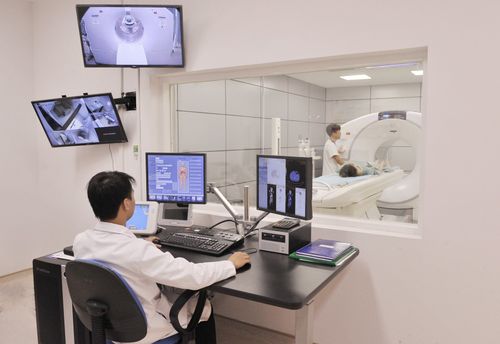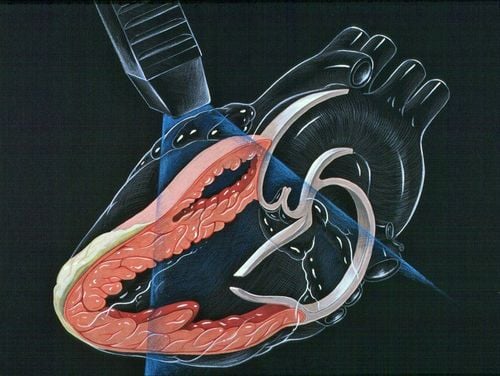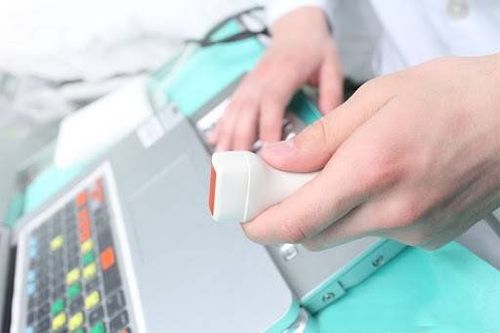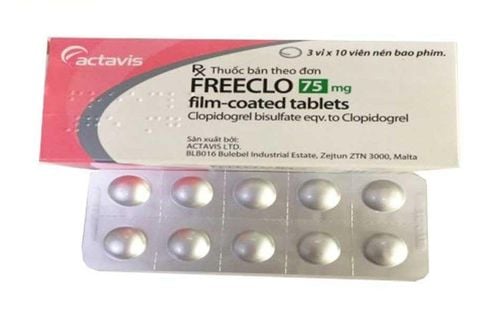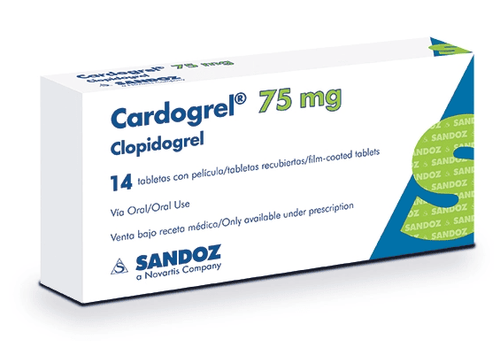This is an automatically translated article.
This article is professionally consulted by Master, Resident Doctor Tran Duc Tuan - Department of Diagnostic Imaging - Vinmec Central Park International General Hospital. The doctor has many years of experience in the field of imaging and interventional internal and external blood vessels.Peripheral artery disease (PAD) is an artery disease that occurs outside the heart or brain. With PAD, the arteries become narrowed or blocked. It is usually caused by atherosclerosis or plaque. It usually affects the arteries in the legs. Common methods for evaluating peripheral artery disease are vascular ultrasound, Doppler ultrasound, transcatheter angiography, CT computed tomography (CTA), and MR angiography (MRA).
1. Peripheral artery disease and what you need to know
Peripheral artery disease is an artery disease that occurs outside the heart or brain. With PAD, the arteries that carry oxygenated blood around the body become narrowed or even blocked, usually due to atherosclerosis or plaque. PAD usually affects the arteries in the legs, but it can also involve the arteries that carry blood to the head, arms, kidneys, and gastrointestinal (GI) tract.People with PAD may have mild symptoms or no symptoms. Others have symptoms such as fatigue or leg pain when walking. The severity of the condition varies from mild to debilitating. Other symptoms of PAD that may also appear include sores, non-healing and persistent sores on the feet and legs.
Some risk factors for PAD are diabetes, smoking, high cholesterol and high blood pressure. Most cases occur in people over the age of 50.
To evaluate your condition, your doctor will conduct one or more tests such as vascular ultrasound, Doppler ultrasound, catheter angiography, CT angiography (CTA) or MR angiography (MRA).
To treat PAD , the patient will likely have to make some lifestyle changes. In addition, measures such as bypass surgery or interventional procedures such as angioplasty, catheter ablation, or arterectomy to help improve blood flow may also be used during treatment. .

2. 5 techniques to assess peripheral artery disease (PAD)
To diagnose peripheral arteries, several imaging tests may be used including:Vascular ultrasound. This is a test that uses sound waves to create an image of an artery and locate a blockage.
Doppler ultrasound : This is a special ultrasound technique to show areas of restricted blood flow through the arteries.
Catheter angiogram: This is a minimally invasive imaging test that relies on contrast and X-rays to show blood flow in the arteries in the legs and identify any possible blockages. Contrast is injected through a tube or catheter that is usually placed through a blood vessel in the groin.
CT computed tomography (CTA): CT computed tomography is a method of using a CT scanner to create detailed images of the arteries in a patient's abdomen, pelvis, and legs. This test is particularly helpful in patients with pacemakers or stents placed through a blood vessel (stent)
MR angiogram (MRA): This is a noninvasive test that provides the same information as a scan. CT without ionizing radiation.
3. Treatment of peripheral artery disease

Angioplasty : During angioplasty, your doctor uses a medical catheter to thread a blood vessel through a blood vessel to an artery. affected vessel and blow a small balloon where the vessel is blocked to open it up. In some cases, the doctor will place a stent (stent) to keep the artery open. Stents are metal supports that are expandable and can remain in the blood vessel permanently after implantation.
Coronary artery bypass surgery : Surgery performed by grafting a vessel from another part of the body or using a synthetic graft to allow blood to flow around, or bypass a blocked artery, or narrow.
Catheter thrombolysis: In this minimally invasive treatment, the doctor uses a catheter to reach the site of the blockage and injects a medication to dissolve the clot. Patients are usually required to have an overnight infusion.
Arterectomy: This minimally invasive procedure uses a catheter to access the site of the blockage. Right there, the doctor will use a small blade or laser to remove the artery plaque. The catheter to remove plaque is placed in a space at the tip of the tube. The process can be repeated for further plaque treatment.
Periodic health check-ups help to detect diseases early, so that there are treatment plans for optimal results. Currently, Vinmec International General Hospital has general health checkup packages suitable for each age, gender and individual needs of customers with a reasonable price policy.
The patient's examination results will be returned to the home. After receiving the results of the general health examination, if you detect diseases that require intensive examination and treatment, you can use services from other specialties at the Hospital with quality treatment and services. outstanding customer service.
Please dial HOTLINE for more information or register for an appointment HERE. Download MyVinmec app to make appointments faster and to manage your bookings easily.
Reference source: Radiologyinfo.org





